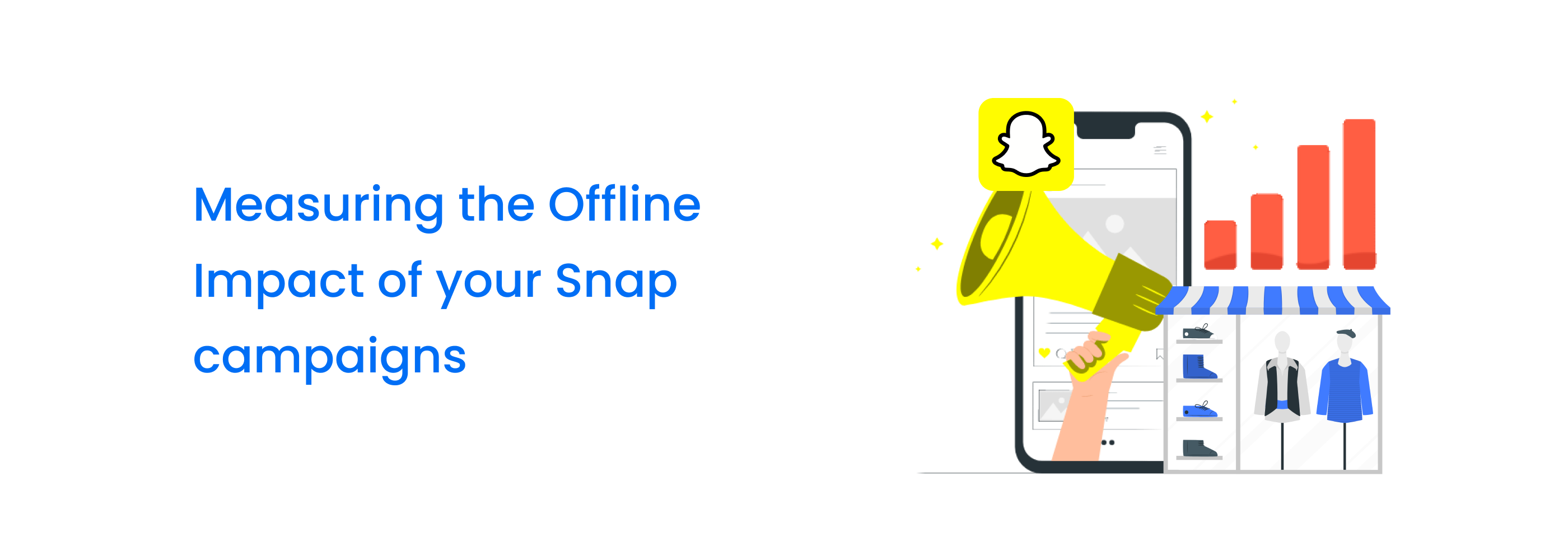Benefits of Conversion Tracking
Maximizing your return on investment (ROI)
Conversion tracking can reveal whether you are seeing an adequate return on investment (ROI), also known as return on ad spend (ROAS), for advertising campaigns.
Allocating your budget
Your ROI and ROAS can inform your budget structure. For instance – you have two sub-projects running, a social media advertising campaign and an email marketing campaign. But your conversion tracking shows a higher ROI on your email campaigns. Here’s the point where you might want to allocate/ divert more money to your email marketing campaign.
Identifying opportunities for improvement
If you notice that certain campaign approaches aren’t converting as well as others, you can compare these campaigns with more successful ones to identify potential change areas. For example, if you see several campaigns that target one keyword converting more than campaigns that target another, you’ll know to focus on the higher-performing keyword.
Distinguishing clicks from conversions
Clicks and conversions aren’t always synonymous. In fact, sometimes, high click rates can obscure low conversion rates. With conversion tracking, you can determine the relationship between click rates and the achievement of your desired conversion.
Types of Conversion KPIs to track

Number of conversions
This metric tells you your total number of conversions. However, it does not compare the number of conversions to the number of people your campaign reached.
Conversion rate
This metric is the ratio of conversions to people reached. It is often applied to websites, where it determines the ratio of purchases to website visitors. Typically, multiple purchases by the same customer are not grouped as one purchase, so conversion rates can’t always tell you which of your customers makes the strongest impact.
Bounce rate
This metric divides the number of single-page website visits by the total number of website visits.
Session duration
This KPI details how much time the average visitor spends on your website during a visit.
Pages per visit
This KPI indicates how many of your webpages – product listings, FAQs and more – a visitor clicks on during a session. If you notice that someone has visited several product pages during their visit, you may be able to engage that person via ad retargeting.
Events
This is a broader KPI category. It can include clicks on social media links, video plays, content downloads, newsletter subscriptions, submissions of contact forms, and more. If these events occur with greater frequency, you can assume that your website is adequately converting visitors.
Cost per acquisition
This KPI determines the amount of money your company has spent per conversion. It tells you how much money, on average, you have spent to acquire a new customer. It is arguably the KPI most strongly correlated with ROI and ROAS.
How do you set up conversion tracking?

Often, setting up conversion tracking entails combining two or more advertising and analytics platforms that give you all the desired information. Perhaps the most commonly used conversion tracking tools are Google Analytics and Google Ads, which you can connect to your marketing efforts for thorough tracking of all desired metrics.
Company goals
Prioritize monitoring and provide metrics that pertain to your goals, whether that’s increasing sales, website visits or something else.
Conversion flow
Not all sales are made during the first interaction. A customer might visit your website, follow you on social media to learn what you’re all about and then see a post days later that compels them to make a purchase. Plot out several scenarios, and plan to collect metrics pertinent to these flows.
Next steps
How will you use your conversion data once you have it? If your goal is to drive sales on a certain product, boost your social media following, or make your website more user-friendly, know that ahead of time. With firm next steps in mind, you can best set up your conversion tracking system to help you achieve your goals.
















